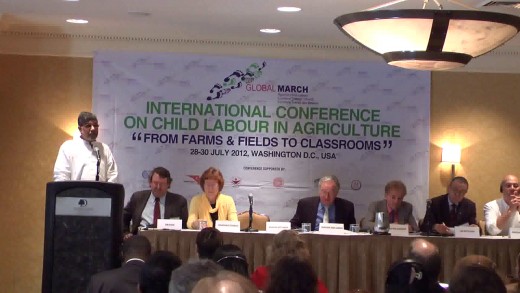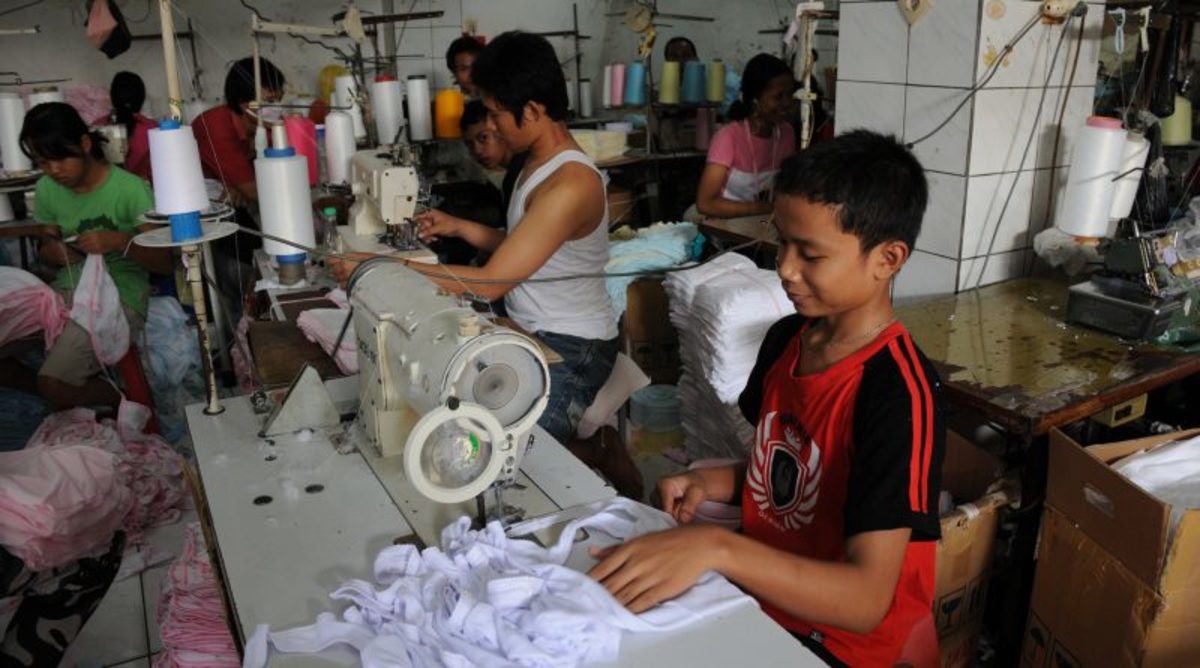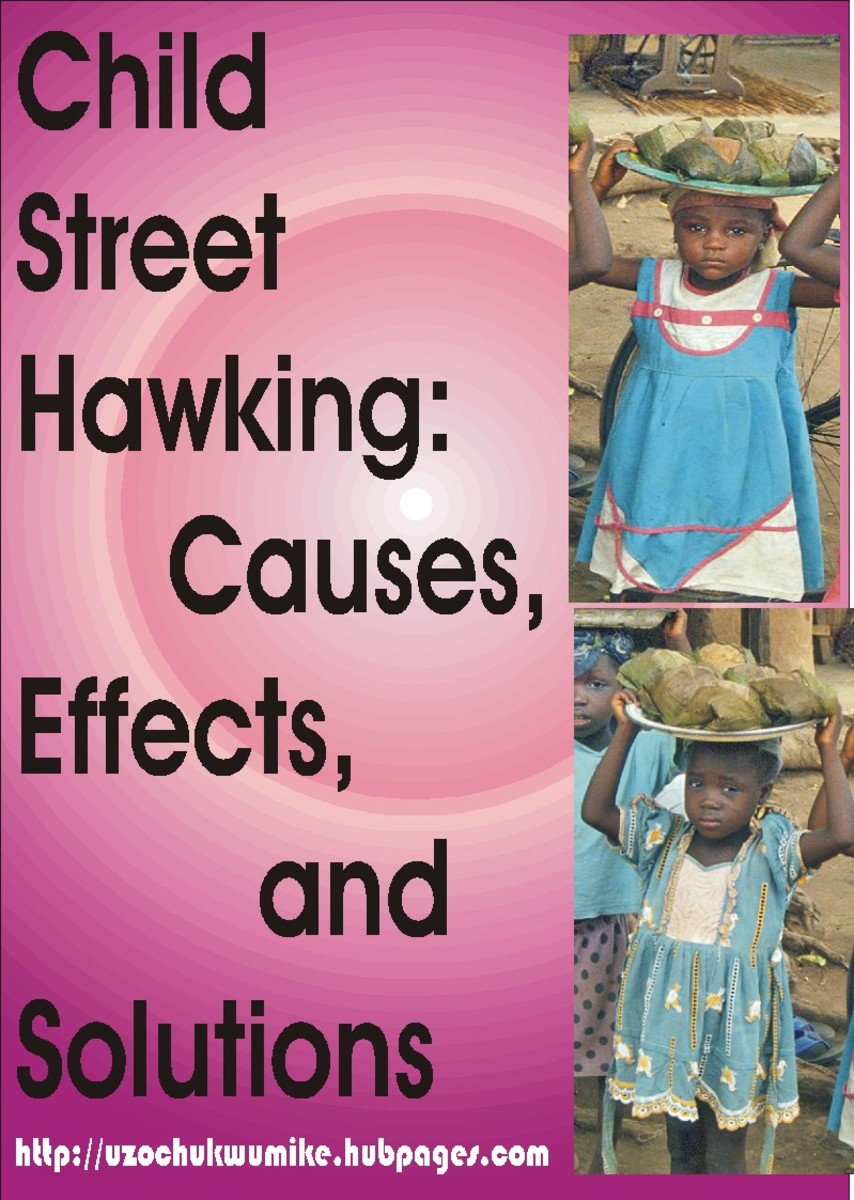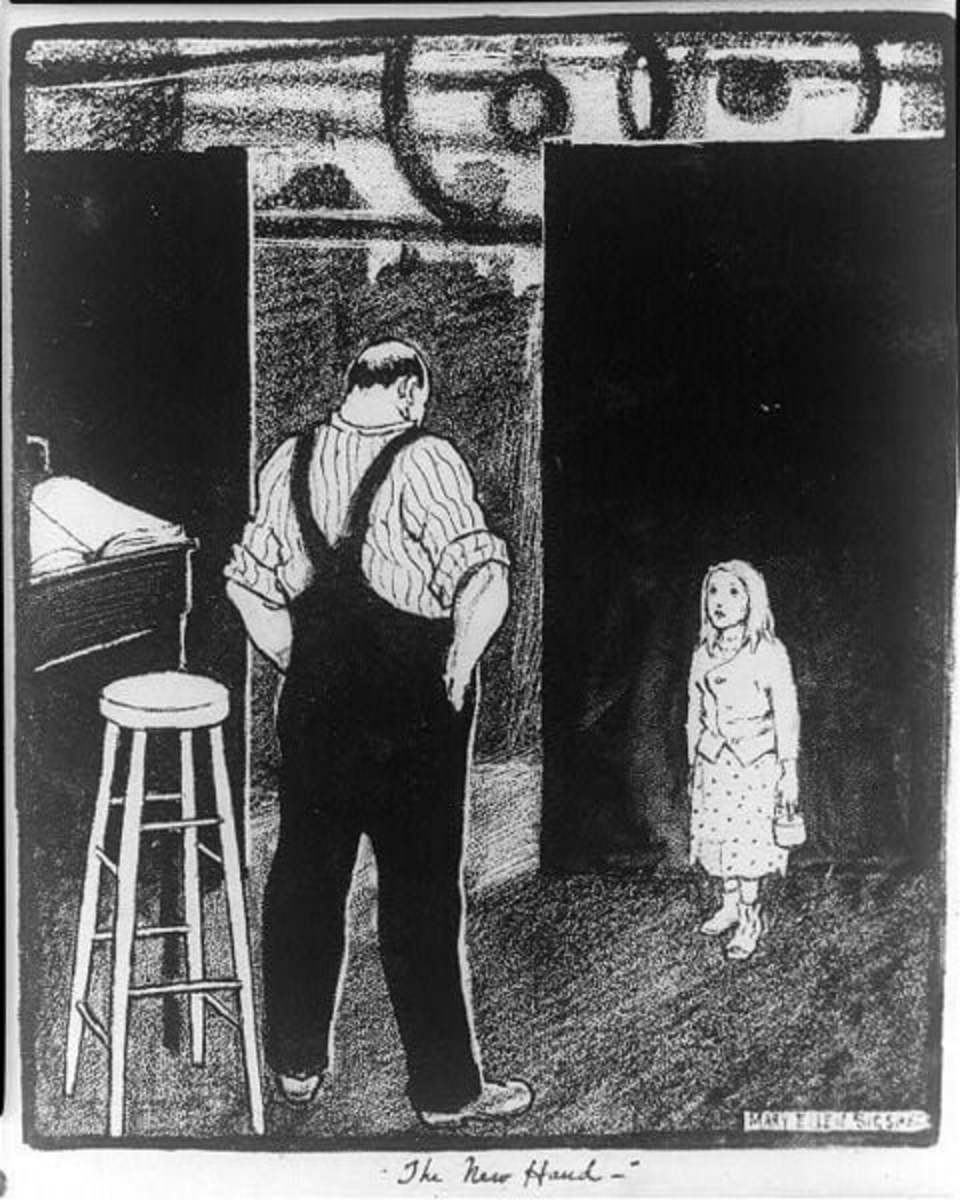Reliving the Work of the 2014 Nobel Prize Winner Kailash Satyarthi - Part 2

The International Conference on Child Labour in Agriculture held from July 28 to 31, 2012 in Washington DC, was another milestone.
Polina (not real name), 12, hails from Traditional Authority Chulu in the Central Region District of Kasungu in Malawi.
Early before setting off for school and shortly after knocking off from school, she and her brother are forced to join their father in the tobacco fields to either clear the bush, to make ridges, to plant tobacco seeds from the nursery, to apply fertilizer, or to pick tobacco leaves – whichever is appropriate on that day – depending on the seasonal period within a typical tobacco growing cycle.
She complains that most of the work she is subjected to is extremely wearisome for her age. But she cannot avoid it. She confesses that tobacco picking can be so tedious and burdensome for her.
“I pluck the tobacco leaves with my bare hands and throw them into the basket while I bend my back for a long time. My back really pains afterwards. It is difficult to complain to my parents because I fear them,” she says.
She works with her parents not only during pick season but also during the time they prepare land and sow nursery. She does not have enough time of sleep as she wakes up very early in the morning, and arrives at school tired. And her story is well corroborated by her own 11 year old brother, Chikumbutso (not real name), who believes it is unhealthy for them to participate in the picking of tobacco.
“We catch cough very often when we are in contact with the tobacco leaves. Sometimes, we even sleep in the same room where there are tobacco leaves which makes us stay awake the whole night due to the strong smell of tobacco. And when we don’t have enough sleep, we wake up very weak in the morning,” he says.
Unfortunately for the two kids – and thousands of other child labourers in the agriculture sector who constitute more than 37 percent of all child labourers in Malawi – their situation may not change for the better until Government and other key stakeholders scale up the on-going Social Cash Transfer Programme being implemented only in 13 districts out of the country’s 28.
In fact, Polina and Chikumbutso should at least feel luckier because their father, who can hardly afford a dollar per day, is able to send them to school. Hundreds of other child labourers do not even attend basic education. They would rather stay on the field toiling for basic survival. And their situation too is not only unique to Malawi. It is a worldwide problem.
At an International Conference on Child Labour in Agriculture held from July 28 to 31, 2012 delegates unanimously agreed that putting in place deliberate policies geared at improving the economic welfare of ultra-poor families can drastically reduce child labour in the agriculture sector, increase school enrolment, and ultimately spur sustainable development in many underdeveloped countries like Malawi.
They acknowledged the fact that three out of every four poor people in developing countries are rural, that is 2.1 billion persons living below a US$2 day poverty threshold in absolute poverty, which translates into one third of humanity. Most depend directly or indirectly on agriculture for their livelihoods, so agriculture and poverty are closely interlinked. Yet investment in agriculture has been generally decreasing as regards the proportion of public expenditure on the sector.
There is therefore a general consensus that ending child labour in agriculture – and of course fighting poverty in a sustainable manner – would not be feasible if there are not enough social monitory safety nets programmes designed to economically empower poor families in marginalized communities, including those working in rural farms.
It is for this reason that, in his opening speech, US Senator Tom Harkin urged governments and international cooperating partners like the International Labour Organisation (ILO) and its sister organisations within the United Nations (UN), and particularly the Breton Woods Institutions, to cooperate in developing joint strategies that seek to lift poor masses out of poverty, increase access to education, and reduce child labour.
“I urge the ILO to work with the International Monitory Fund [IMF] and the World Bank to ensure that loans are linked to pledges by governments to increase access to schools and to maintain social safety nets for the poor,” said Harkin.
However, many anti-child labour advocates and education activists believe that resources are already available, albeit in small measures. They argue that it is not just the question of appealing to governments to find resources, or pleading with the IMF and World Bank to make them available. What matters most, rather, is the commitments by governments to invest the already available resources into education, poverty reduction and social safety nets programmes before they can ask for more.
“Resources for investing into education are there. It only takes political will,” said Fred van Leeuwen, General Secretary of the International Federation of Free Teachers' Unions (IFFTU).
On her part, Constance Thomas, Director of the International Programme on Child Labour (IPEC) – which is a programme of the ILO – concurred with Harkin on the need for her organisation to commit towards addressing the real causes of child labour in agriculture rather than focusing on symptoms.
“Working with families doesn’t mean children are protected from child labour. We need to pay attention to the real causes of child labour like poverty and land scarcity,” she said.
Chairperson of the Global March Against Child Labour (GMACL), Kailash Satyarthi, said his organisation brought together 160 participants from 40 countries upon realising the slow progress made in the elimination of child labour globally.
“We need concerted efforts towards making meaningful investments and creating safety nets in the agriculture sector. The 2016 deadline to eliminate the worst forms of child labour is fast approaching and we do not have a results-based plan for each country,” he lamented.
GMACL, which is a coalition of trade unions, teacher unions and civil society organisations around the world, organised the conference to discuss and explore how to better support farmers especially small scale farmers, agriculture workers, and their families, so that they can earn decent living and send their children to school.
While the fight against child labour has remained a tall order globally, the conference would nonetheless bring about hope to millions of child labourers in the agriculture sector if only the resolutions and action plans agreed upon by the delegates aren’t yet another sweet talk, but something that can inspire hope in many child labourers through commitments and actualisation of action plans.
Furthermore, the conference adopted the Framework for Action which spells out the priorities for various stakeholders – such as agricultural producer organisations, cooperatives, intergovernmental organisations and agencies, NGOs, companies and multinational enterprises – to increase their efforts to eliminate child labour in agricultural workplaces and supply chains.
Such interventions would not only potentially rescue Polina and her brother Chikumbutso from the condemnable Malawi’s tobacco fields in which they currently find themselves in, but also ensure the emancipation of a significant 60 percent of all the 260 million child labourers around the world.
--------------------------------------------------------
The author, George Mwika Kayange, was a conference delegate on behalf of the Child Rights Information and Documentation Centre (CRIDOC) which he founded in Malawi. He worked as a Media and Communication Intern at the Global March Against Child Labour (GMACL) in New Delhi, India, from November 2002 to November 2003 where he also managed the Child Labour News Service (CLNS) online project. Now a freedom of information champion, and a full-time child rights and disability activist, he is currently employed by the Southern Africa Federation of the Disabled (SAFOD) as Projects Coordinator








